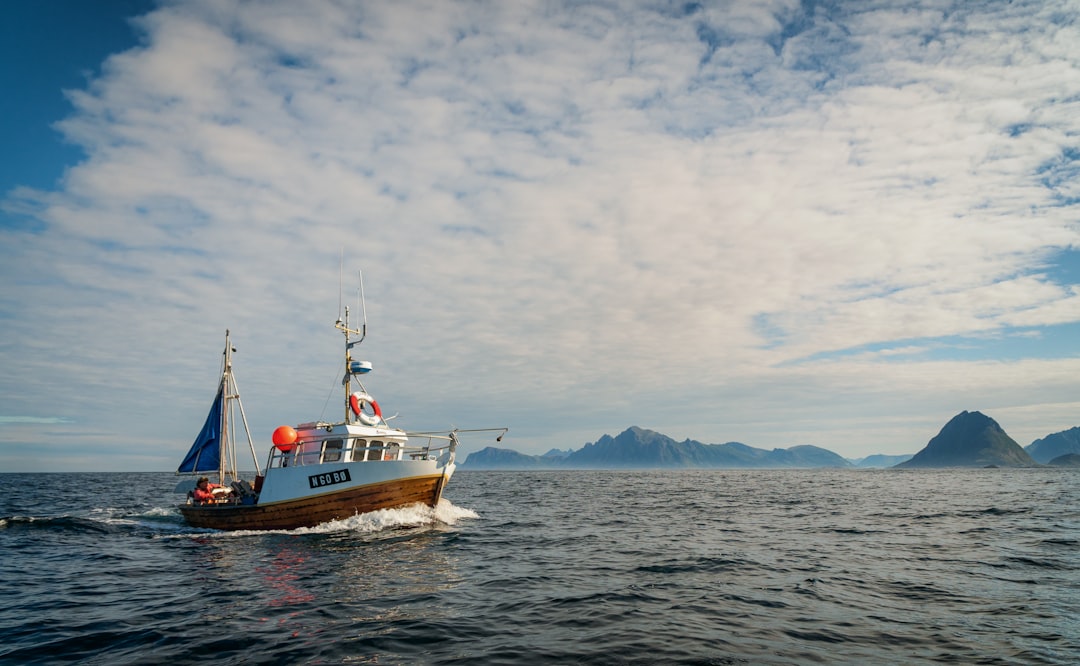What is it about?
The cornerstone of the recovery plan for the critically endangered Puerto Rican parrot (Amazona vitatta) is an active , long-term reintroduction program. Two aviary populations in Puerto Rico are the only source of parrots for release but their ability to be a stable, resilient source into the future has not been evaluated. We conducted a risk assessment of the combined aviary population; we assessed past and current demographic rates and modeled future potential to determine sustainability and production of parrots for proposed releases. We compiled a studbook database on all living and dead individuals in the aviary population, including parentage, sex, and life history events. We analyzed the population’s growth, vital rates, and age/sex structure for the period from 1993 to 2012 . The aviary population grew from N1993 =64 to N2012 =301 with a positive growth rate of 1.10. We used an individual-based model which applied population specific data to simulate future aviary population dynamics. To represent alternate management strategies, we created four scenarios with parrots harvested from the aviary population for release to the reintroduction program based on the parrots’ life stage and the number of parrots in the cohort. Our simulations revealed that the aviary population can be simultaneously managed for sustainability and harvesting of parrots for release. However, without cautious science-based management, overharvesting can jeopardize the sustainability of the aviary population. These results should reassure aviary managers and the recovery team who can continue to plan conservation actions for this species. Our analysis of the aviary breeding program provides a rare opportunity to review progress relative to program objectives over four decades of active management.
Featured Image

Photo by Dejan Zakic on Unsplash
Why is it important?
The successful growth of the Puerto Rican parrot aviary population and its ability to serve as a source for reintroductions supports the 1973 decision to build a breeding program from a small population of 13 parrots.
Perspectives
The Puerto Rican Parrot is an example of how a Flag Ship species will benefit other endangered and threatened species, and the conservation of their habitat. Furthermore, how collaboration between government agencies, educational institutions and NGO's can successfully work together and bring back a species almost from the brink of extinction. It is an honor to be one of the voices of those amazing critters that do not have their own.
Master Jafet Velez-Valentin
U.S. Fish and Wildlife Service
Read the Original
This page is a summary of: The Puerto Rican parrot reintroduction program: Sustainable management of the aviary population, Zoo Biology, January 2014, Wiley,
DOI: 10.1002/zoo.21109.
You can read the full text:
Resources
13. That was the population of Puerto Rican parrots in 1975.
Thanks to a captive breeding program involving U.S. Fish & Wildlife Service, the Puerto Rico Department of Natural and Environmental Resources, and Lincoln Park Zoo, the aviary population has now reached more than 600 individuals.
Puerto Rican Parrot Recovery Program Fact Sheet
The Puerto Rican parrot recovery program is an effort to conserve, protect and manage wild and captive parrots in order to downlist the species from endangered to threatened. The Iguaca, as the Taino Indians named it, is found only in Puerto Rico. There are three wild populations, including the oldest group in El Yunque National Forest. The second group of parrots is in the Río Abajo State Forest.
Contributors
The following have contributed to this page










